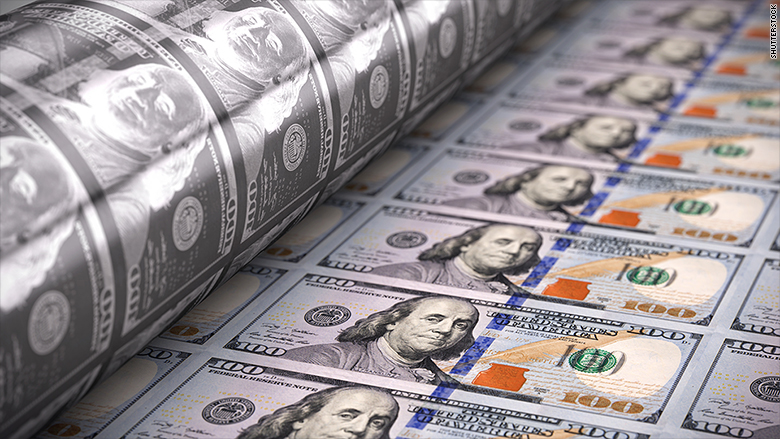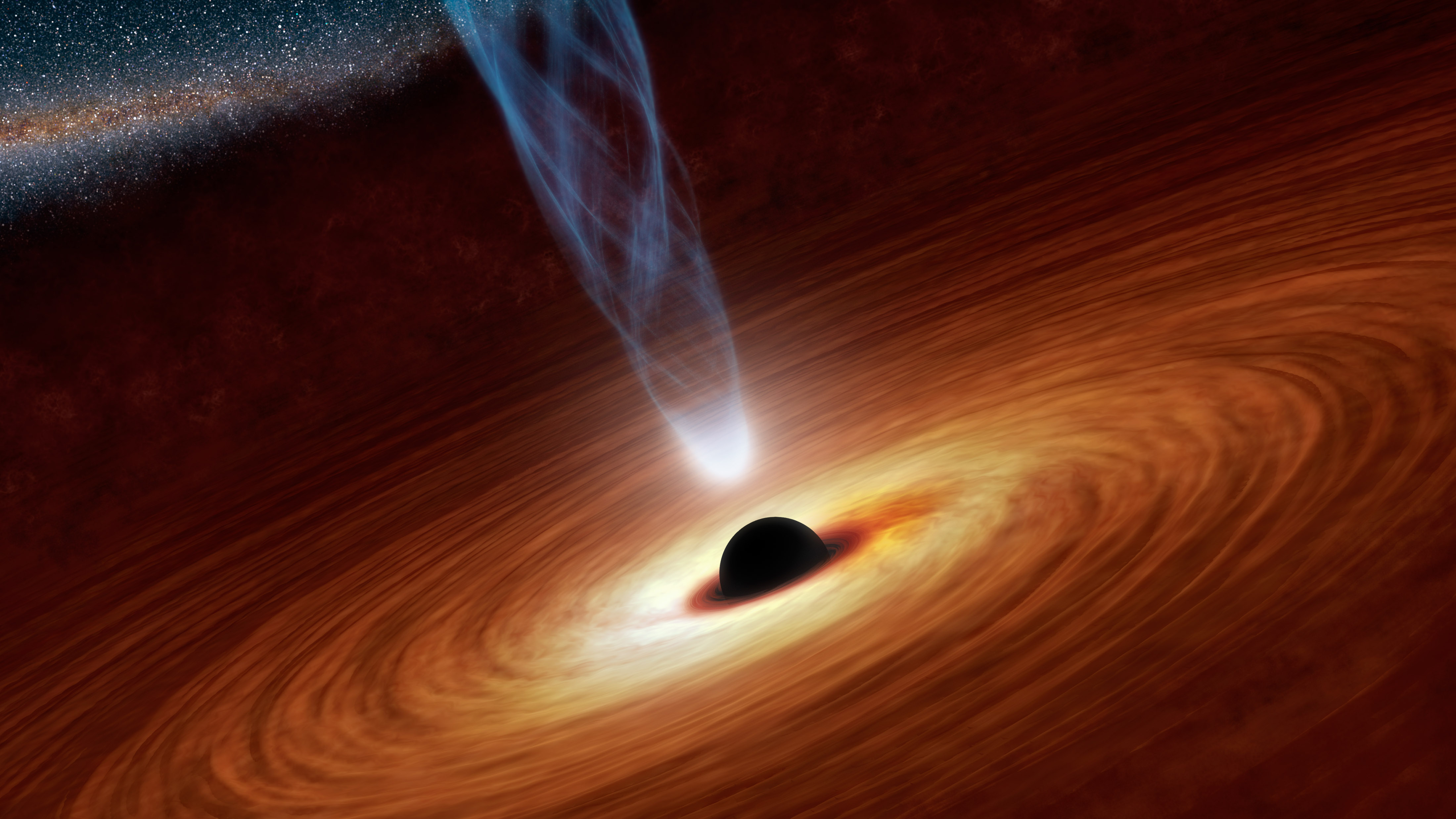 If you found a hamburger (still in the wrapper) on the floor of a public restroom, would you pick it up and eat it? I'm guessing your response would be a resounding no. Maybe even with a "hell" in front of it. What if you found a shoe? Nope. What about a cute gerbil? Nuh uh. What about a $100 bill? $100 just sitting there in all that public restroom glory: would you pick it up? Of course you would.
If you found a hamburger (still in the wrapper) on the floor of a public restroom, would you pick it up and eat it? I'm guessing your response would be a resounding no. Maybe even with a "hell" in front of it. What if you found a shoe? Nope. What about a cute gerbil? Nuh uh. What about a $100 bill? $100 just sitting there in all that public restroom glory: would you pick it up? Of course you would.We love holding money. It's valuable to us. Water, the Sun, air, food, gravity, and even honey bees may technically be more valuable to us, but money lets us buy things. According to the Federal Reserve, there are currently over 38 billion banknotes in circulation, including over 11 billion $1 bills. Considering there is only 323 million people in the United States, that leaves us outnumbered by green Washingtons, Lincolns, and Benjamins (which it's all about, right?). That means there is a lot of money for us to touch, hold, trade, count, and crumple. And since the purpose of money is to exchange it, it is always exchanging hands. The average $1 bill lasts 21 months, and the average currency in the world changes hands 55 times a year, which equals a little over once a week, according to Vsauce.
In 2014, New York University studied $1 bills and found 3,000 different types of bacteria. Most of the bacteria is harmless, but 3,000 still sounds a bit excessive. While not all of the bacteria could be identified since some of them haven't been cataloged yet - researchers did find bacteria that lends a hand in everything from acne to ulcers to staph to pneumonia. Some estimates place the amount of cash containing dangerous bacteria at 7 percent.
In 2002, 94 percent of tested bills in a study contained traces of fecal matter. And it is believed that paper money is more germy than a toilet seat. According to a study in Applied and Environmental Microbiology, the flu virus can survive on bills from the length of 1 hour to 2 days. E-coli, anthrax, body fluids, and even horse, dog, and white rhino DNA have been found on banknotes as well. I'm not a zoologist, but I'm pretty sure America is not the best place to find a white rhino. Wright Patterson Medical Center analyzed 68 bills from a grocery store and only four were relatively clean.
Other studies have concluded that 92 percent of banknotes contain traces of illegal drugs, most notably, cocaine. Does that mean that every cocaine dusted bill has been used for that purpose? No. A few contaminated bills put in normal circulation can affect others; essentially a "rotten apple spoils the bunch" situation. Banknotes contain small microfibers, and microscopic bits of cocaine can get wedged into these microfibers. It's pretty much impossible to remove such small traces from the dollar, but it is still enough to be detected by drug dogs. And not just banknotes: coins can carry the same germs.
So now you know just how dirty money is. So what should we do? Should we ban all paper currency and go completely electronic? That has been proposed, but there's plenty of reasons why it won't happen. Paper money is still super convenient, it adds cultural identity, and you don't have to worry about it being hacked.
So what else could we do? Wash or disinfect our money? I mean, I guess you could wipe down your money with a wet-nap, but one: that's time consuming, two: it would look ridiculous, and three: that money is only temporary. Eventually you're going to give it up and get a fresh set of dollars in return.
A more likely solution that has been proposed is to switch from paper money to plastic. I don't mean plastic like credit cards, but rather what is called "polymer banknotes." Australia switched in 1996, and Canada, Papua New Guinea, New Zealand, Romania, Vietnam, and Brunei have followed suit. The UK is next. Most studies have shown polymer-based money is more hygienic, but other studies claim that while the plastic money contains less bacteria, it can survive longer. There is a new fluid being tested that can supposedly clean banknotes by superheating them while not damaging security features such as holograms.
Yet the simplest solution is to just keep your hands clean. After you make it rain two dollars for a medium fry, sanitize or wash your hands. Don't put money in your mouth, otherwise you might as well lick the floor of a public city bus. Don't put money on your face either as bacteria can get into your pores, mouth, and eyes. Plus money is the last thing you need to use as a makeshift face wipe. Oh, and please stop licking your fingers while you count your money. Who even started that trend? What are their medical bills? This all sounds obvious, but unfortunately it's not to many people.
So what else could we do? Wash or disinfect our money? I mean, I guess you could wipe down your money with a wet-nap, but one: that's time consuming, two: it would look ridiculous, and three: that money is only temporary. Eventually you're going to give it up and get a fresh set of dollars in return.
A more likely solution that has been proposed is to switch from paper money to plastic. I don't mean plastic like credit cards, but rather what is called "polymer banknotes." Australia switched in 1996, and Canada, Papua New Guinea, New Zealand, Romania, Vietnam, and Brunei have followed suit. The UK is next. Most studies have shown polymer-based money is more hygienic, but other studies claim that while the plastic money contains less bacteria, it can survive longer. There is a new fluid being tested that can supposedly clean banknotes by superheating them while not damaging security features such as holograms.
Yet the simplest solution is to just keep your hands clean. After you make it rain two dollars for a medium fry, sanitize or wash your hands. Don't put money in your mouth, otherwise you might as well lick the floor of a public city bus. Don't put money on your face either as bacteria can get into your pores, mouth, and eyes. Plus money is the last thing you need to use as a makeshift face wipe. Oh, and please stop licking your fingers while you count your money. Who even started that trend? What are their medical bills? This all sounds obvious, but unfortunately it's not to many people.
Don't freak out over germs and go all Venmo now. You've been using cash your entire life and yet you're fine. Everything is dirty: doorknobs, steering wheels, keyboards, remotes, countertops, air vents, and our cell phones, yet we still touch them (and then our faces) repeatedly. It's really not the biggest deal what's on the money in your pocket; if you just keep it off of your face and keep your hands properly clean, you'll be okay.
*Wall Street Journal, Time, Vsauce, Debgroup, ACS Publications, Medical Daily, ABC News, Mass Appeal.

